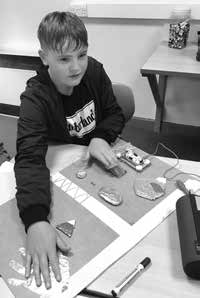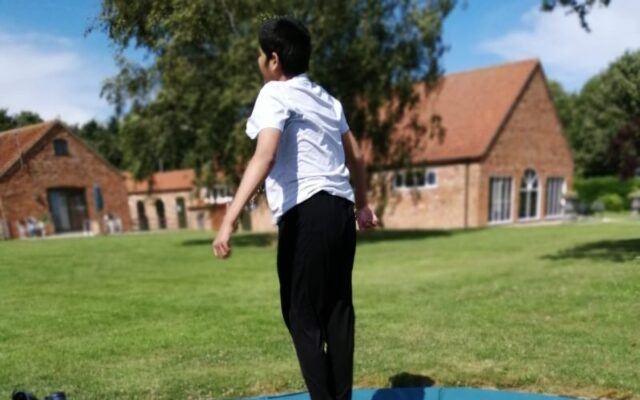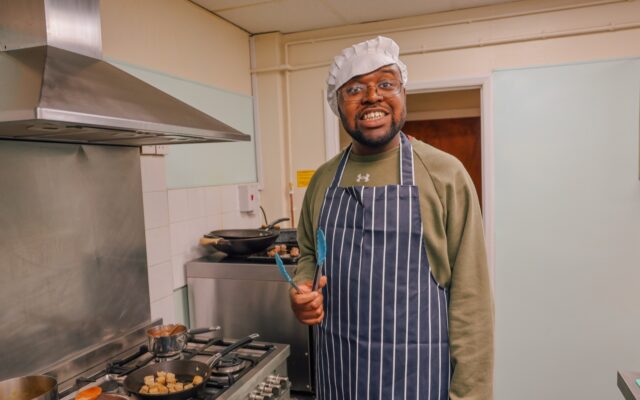Lifesize, which I co-founded in 2019, aims to give marginalised people access to unique, contemporary arts for wellbeing. As well as community groups, we work with people with learning disabilities and special educational needs (SEN).
Not long after the company was set up, the pandemic came. We began to deliver interactive projects online and, thanks to an emergency Arts Council England grant, had time to develop and refine our approach.
Historic England funded a project where a group of young adults with learning disabilities from a day service used music to interpret a local area called the America Ground. On the Hastings seafront, it is where 18th century settlers claimed independence from the local government and sought to build a new community.
We worked with the same group to develop their musical and core skills in a project in which they composed original jingle music for a DJ on local station VDub Radio. This commission gave them a tangible, real-world outcome as well as a challenging musical experience and they embraced and excelled at it.
Building on these positive outcomes, we worked with Saxon Mount, a local SEN secondary school, to bring a remote musical experience into their classrooms.
With support from teaching staff, we realised a model of working that could be interactive and meaningful for the pupils despite restrictions on working in person.
I provided a variety of interactive musical items for our group work and saw the class through the lens of the camera operated by their teacher. It was very surreal to be leading a class of 13 year-8 SEN students through a process of music making from such a remote position but it was a thrilling and rewarding experience.
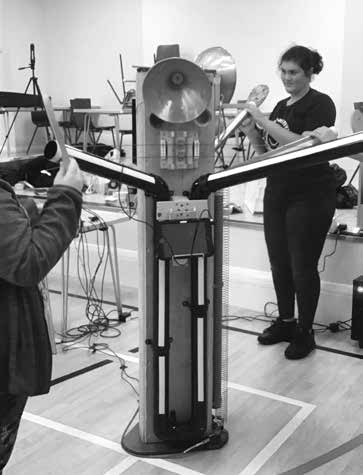
All together now: the sonic tree is played by several people at the same time.
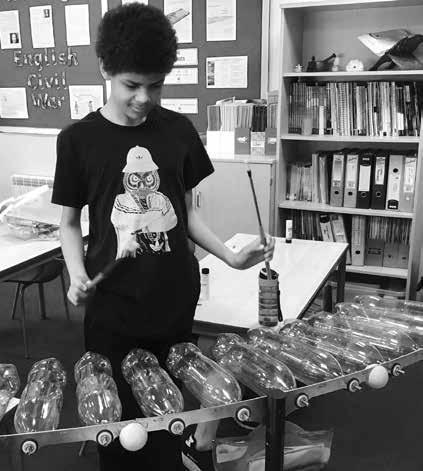
Growing a sound garden
Finding homes for supported living can be difficult. Lisa Brown is bringing property investors and care providers together to design and create accommodation to meet various needs.
As restrictions began to ease, we could build on our achievements thanks to Hastings Opportunity Area, which funded a project to enable young people with SEN to re-engage with learning and develop relationships with peers and adults.
The toll of 18 months’ lockdown on these young people is hard to measure, and we wanted to take something fun and exciting into school to connect with them.
I devised the Sonic Garden as an exploration into sound through the use of unconventional sound-making items and the DIY instrument building culture that is part of my own musical background.
When I was a teenager, my friends and I had fun finding less ordinary ways to create sounds. It felt like exciting, unchartered territory for us young musicians. We would attach contact microphones to household items, and retune, modify and rewire our guitars into new configurations, finding new ways of making sounds.
The concept of the Sonic Garden was to shine a light on the sound-making possibilities of less ordinary sound sources. The aim was to make and use homemade instruments to create an accessible soundscape that was not so much dependent on ability to play an instrument as rooted in harnessing players ‘ curiosity to make an unusual sound piece.
Over 10 weeks, we embarked on a fascinating journey collecting sounds that would later be embedded into homemade sound-trigger surfaces we called sonic sound boards.
We built in lots of core skills work, with students cutting and preparing lengths of wood and other materials in design and technology lessons to make instruments.
The road trip zither
Finding homes for supported living can be difficult. Lisa Brown is bringing property investors and care providers together to design and create accommodation to meet various needs.
In 1998 aged 22 on a road trip with some musician friends in America, I had built a bass zither resembling a set of stairs, which I called the sonic stairway. Twenty-odd years later, it proved to be an inspiration.
As house band producer for Carousel (a learning-disability arts organisation in Brighton), I supported a group of young musicians in 2019 to design and build a multiplayer instrument called the sonic tree. A performance at an experimental music event was well received by the audience.
The sonic tree and sonic stairway found a home in the sonic garden. After a successful pilot at Saxon Mount, this will hopefully be making its way to other SEN schools and community groups.
Sam Dook is a musician and co-director of Lifesize
Website: lifesize.org.uk
Facebook: lifesizecic
Twitter: LifesizeCIC
Instagram: lifesizecic
